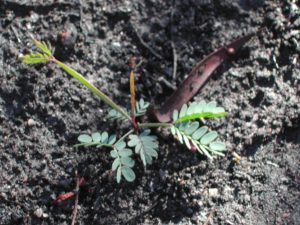Rabbits are as relevant to modern problems like climate change and bushfire recovery, as they are to traditional challenges of vegetation loss, erosion and ecological disruption. In areas recovering from drought or bushfire, now is the time to act.
According to a PestSmart article, examination of the damage caused by wild rabbits and other feral animals strongly suggests that the large scale control of invasive herbivores has the potential to make significant contributions to greenhouse emission reduction targets, by increasing carbon sequestration. Rabbits are likely to be the most useful target for such programs.
A recent article by Professor Jamie Pittock in The Conversation describes the post-fire damage being caused by feral horses to vegetation and threatened species in the Kosciuszko National Park. He concludes that unless their numbers are reduced immediately, the consequences for native flora and fauna will be horrendous. Rabbits can have similar impacts.
Drought stricken and fire ravaged landscapes need extra care to aid their recovery – care like removing damaging invasive herbivores such as the rabbit. Being selective eaters, not only do rabbits make it hard for all recovering vegetation, they will focus on the most palatable species and can prevent the regeneration of an entire generation of plants.
For more information, see:
PestSmart – The role of rabbits in reducing greenhouse gas emissions, by Bengsen A & Cox T.
The Conversation – Feral horses could wipe out rare species in the Australian Alps, by Pittock J.

Rabbits can control which species recover after bushfires and which species don’t.
Image: P Day
